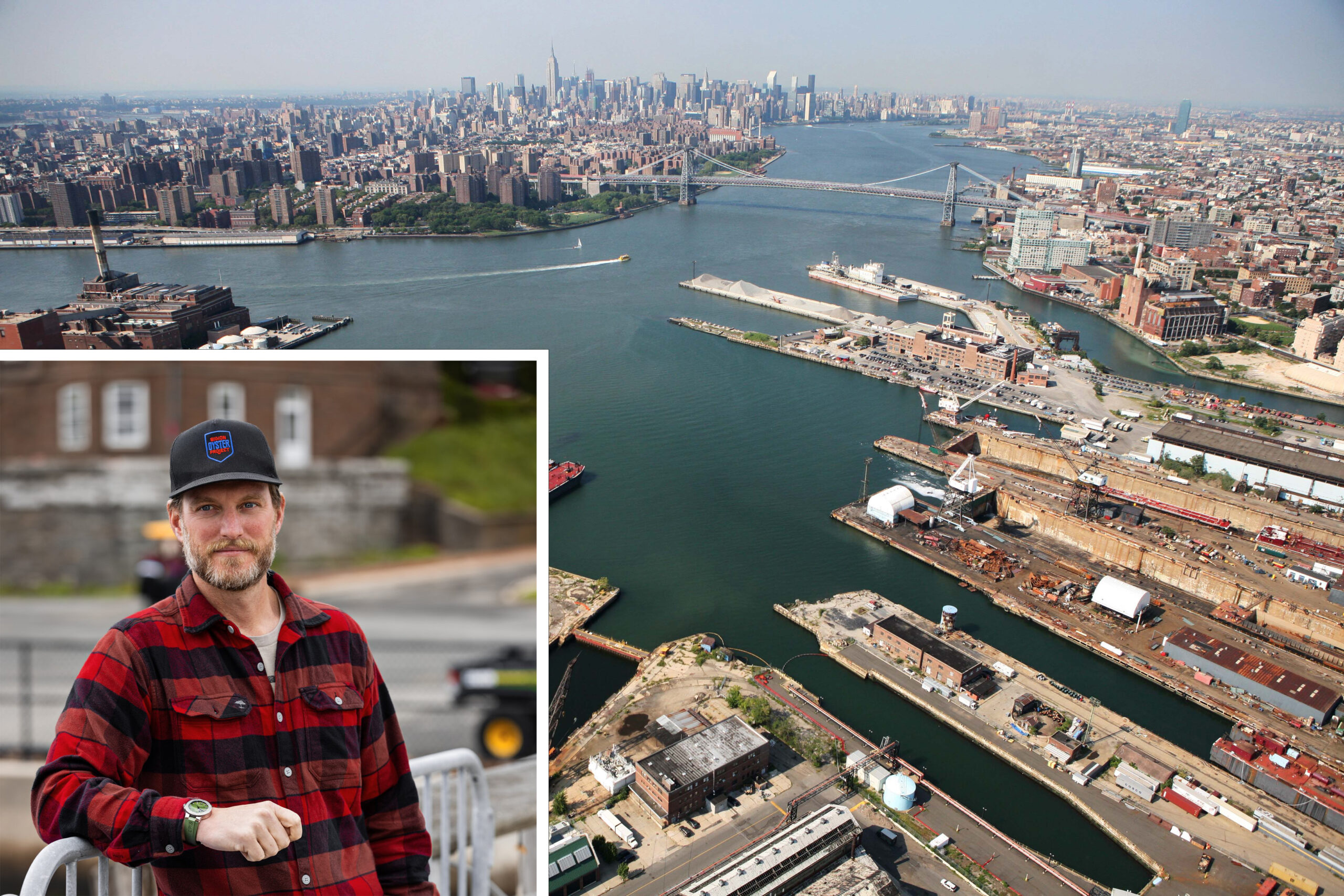
NYC’s dramatic return to a clean water environment is within reach, but there’s one major problem

Bays within the city, like Wallabout Bay in the Brooklyn Navy Yard (shown above) have become cleaner, attracting more shore birds and aquatic life. But raw sewage in rainstorms wreaks havoc (Inset: Pete Malinowski).
Photo: Mark Lennihan/AP
Inset courtesy of Pete Malinowski
Photo: Mark Lennihan/AP
Inset courtesy of Pete Malinowski
Leave a Comment
Leave a Comment

Brooklyn Boro
View MoreNew York City’s most populous borough, Brooklyn, is home to nearly 2.6 million residents. If Brooklyn were an independent city it would be the fourth largest city in the United States. While Brooklyn has become the epitome of ‘cool and hip’ in recent years, for those that were born here, raised families here and improved communities over the years, Brooklyn has never been ‘uncool’.




